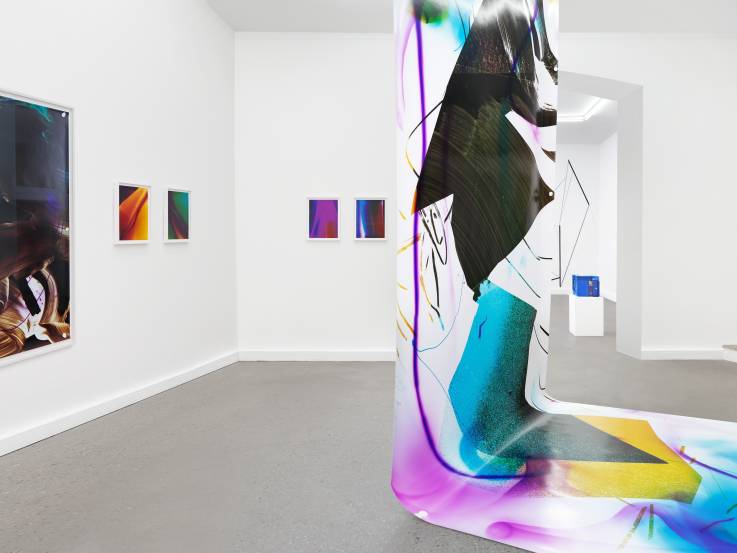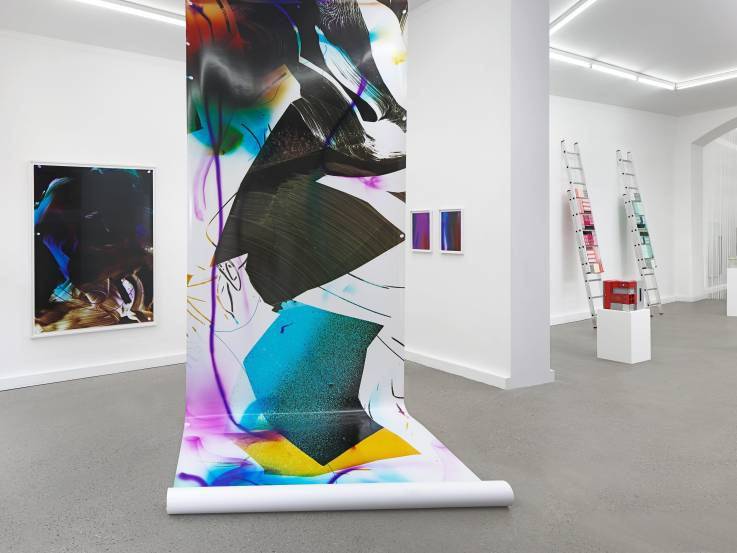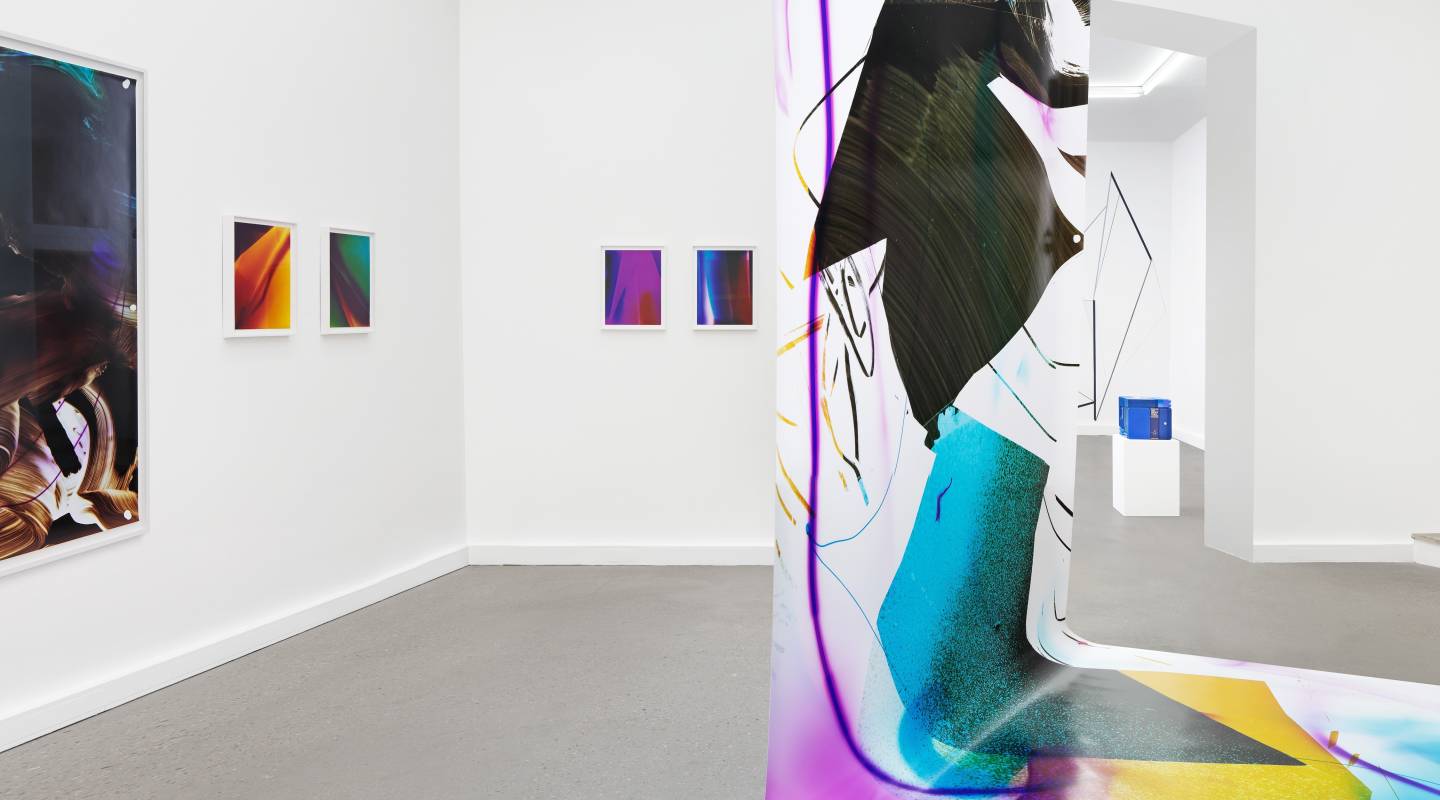In this year’s edition of the European Month of Photography in Luxembourg (EMOPLUX), our museum has taken on a more active role, with the Head of our Fine Arts Department, Ruud Priem, co-curating the festival. Initiated in 2006 by Café-Crème asbl in partnership with leading photo institutions in Paris, Berlin and Vienna, the festival is now a major international event dedicated to photography and visual culture. It brings together both emerging and established artists and photographers with the aim of reflecting the diversity of photography in our time.
Following the themes of the past two editions, where “rethinking” already served as a lens to challenge conventional ideas, the 10th edition of the festival continues with Rethinking Photography, exploring the evolving nature of photography itself – as both a medium and an art form. The festival invites artists and audiences to reconsider the role of photography in modern society, reflecting on how technological advancements and changing cultural contexts are reshaping our perception of images. The event will engage with contemporary debates surrounding digital images, the manipulation of photographs and the role of visual media in the age of mass communication.

Marta Djourina - works on view between 2018 and 2021, exhibition view Recently Seen and Admired, FeldbuschWiesnerRudolph, photo Gunter Lepkowski
Seven artists from seven countries
The Nationalmusée um Fëschmaart is presenting seven artists from various countries, each working with and around the photographic medium in ways that explore its limits and possibilities across an array of contemporary topics and contexts.
Based in Brussels, the French photographer Alice Pallot uses a semi-fictional narrative to address a very real and ongoing issue; her project Algues Maudites investigates the green algae problem on the Breton coast. These “cursed algae,” a result of intensive agriculture and other human activities, now pose a serious threat to both human health and the local environment. In collaboration with an environmental association and a scientific research institute, Pallot employs various approaches, including gathering waste and seaweed from the beaches of Brittany to use as photographic filters, letting us see “through the prism of pollution” as Constance Nguyen phrases it. A similar approach is used by Finnish photographer Jorma Puranen. With a painted and varnished black board acting as a textured black mirror, Puranen captures natural landscapes, imbuing them with a painterly vibe.
Joan Foncuberta’s Rerum Natura, at first glance, appears to be just another series of black-and-white photographs of plants, aligning with the tradition of botanical photography throughout art history. However, the plants he presents do not exist. Generated by artificial intelligence, the Catalan artist uses them to comment on the shift from a disappearing organic world to an emerging artificial and immaterial one.
In contrast, Jessica Backhaus creates colourful compositions using paper sheets and sunlight, playing with transparencies, soft tonalities and harsh shadows. This abstract approach – new for the German photographer – aligns her work with minimalist movements in modernist painting, such as colour-field painting in abstract expressionism.

Marta Djourina - works on view between 2018 and 2021, exhibition view Recently Seen and Admired, FeldbuschWiesnerRudolph, photo Gunter Lepkowski
Joost Vandebrug’s compositions of handmade paper cards explore the nature of recollection and memory, leaving gaps for the viewer to fill in. Printed using various techniques, often layered and imperfect, and sometimes accentuated by hand-painted details, Vandebrug addresses themes such as light pollution and the connections between past and present experiences. A dual nature can also be found in the works of Letizia Romanini, a visual artist from Luxembourg based in Strasbourg. She presents silkscreen prints on glass, using mirror ink to create semi-transparent, semi-reflective objects that play upon the notion of (simultaneous) presence and absence, crystallising fleeting moments in time.
Marta Djourina, who explores the processes and limits of analogue photography, uses light – whether from lasers or bioluminescent organisms – as her material. In her darkroom, the photosensitive paper becomes a canvas, shaped by gestures or technical movements. The large-scale artworks she presents in the exhibition space lean more towards sculpture than traditional photography. The scenography of our exhibition Beyond the Frame. Rethinking Photography will also display these projects in a way that challenges the norm; moving into space and staging installations, it will guide visitors through the many possibilities of the photographic medium.
Text: Michelle Kleyr / Images: Marta Djourina
Source: MuseoMag N° II - 2025
The exhibition Beyond the Frame. Rethinking Photography is on view at the Nationalmusée um Fëschmaart from 26 April to 11 November 2025. Free entry.
